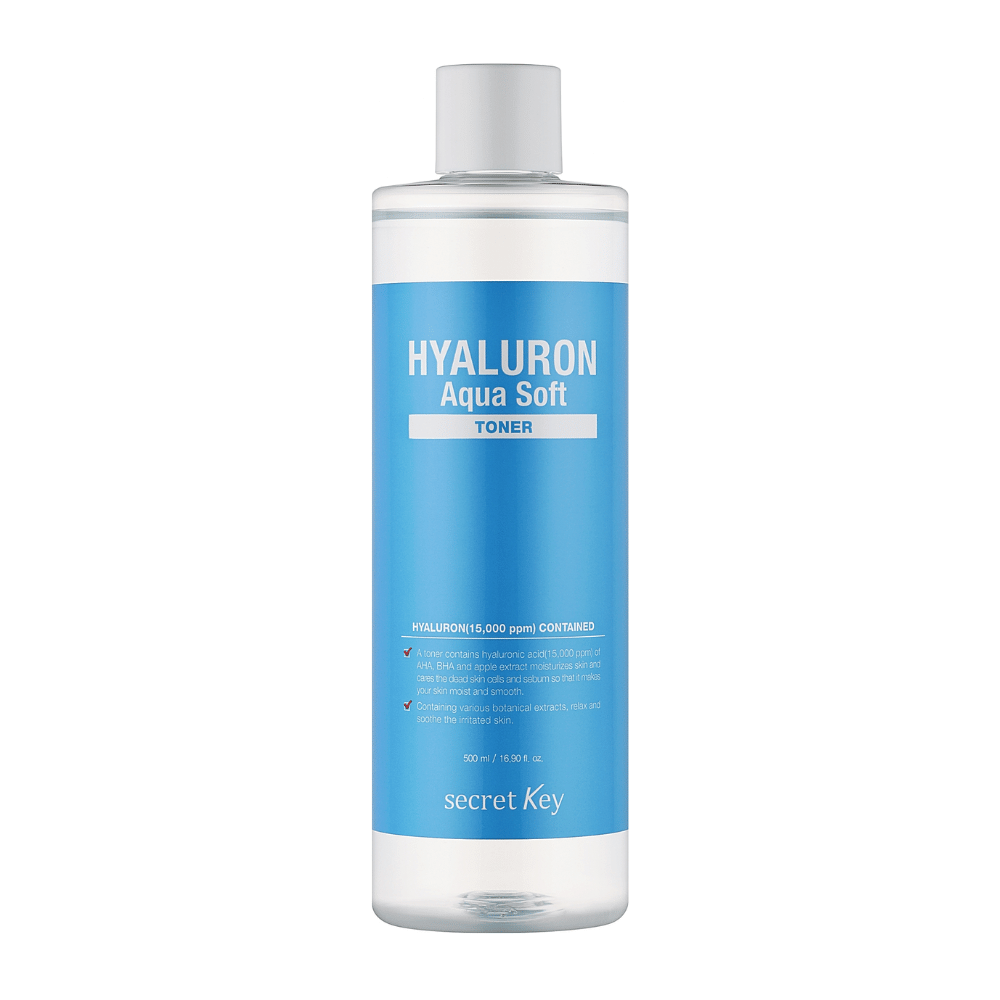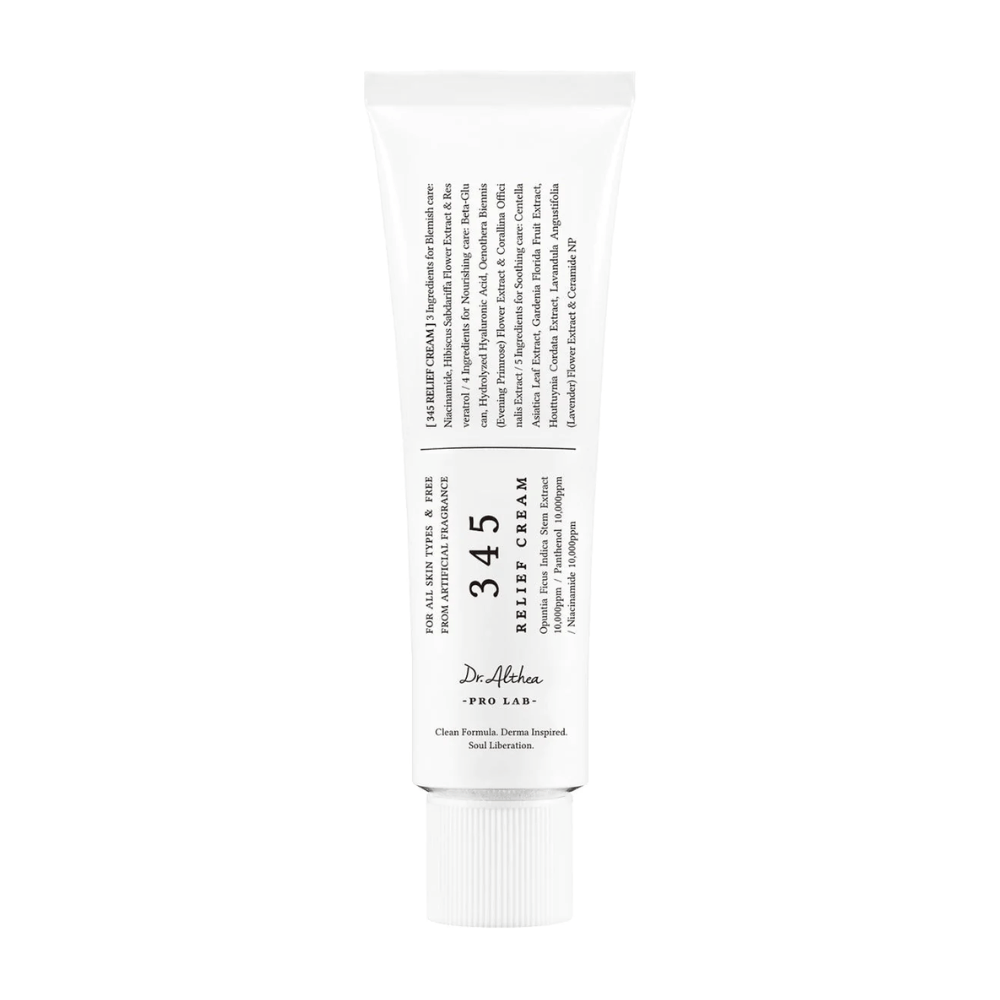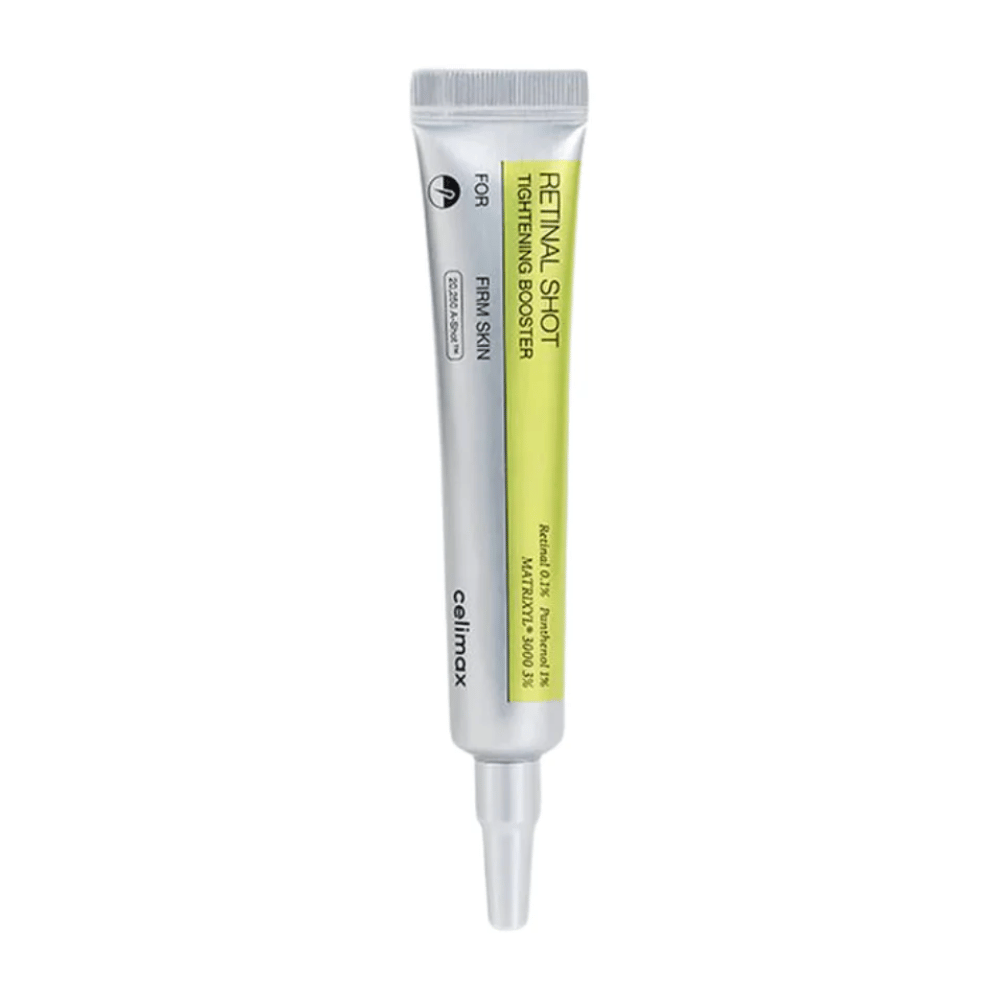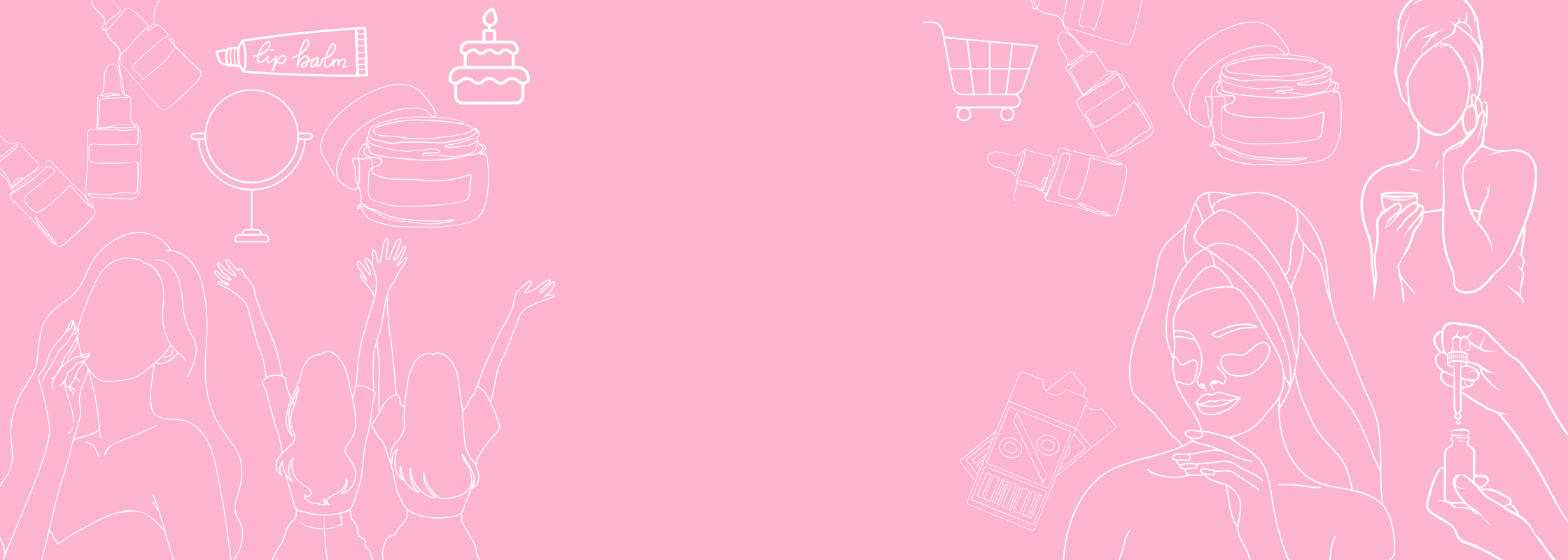What is K-Beauty?
K-Beauty, or Korean skincare, is a collective term for beauty products and skincare routines originating from South Korea. What makes K-Beauty unique is the strong focus on skin health, preventive care, and the use of innovative, often natural ingredients. A typical K-Beauty routine can include up to 10 steps, or more, where each step is carefully tailored to provide the skin with maximum nourishment, radiance, and protection.
What distinguishes Korean skincare?
Korean skincare has quickly become a global role model thanks to its unique philosophy and well-thought-out methods. It differs from Western skincare in both content, approach, and the view of what skincare really is. Here are some of the most important characteristics.
Focus on moisture and prevention
Instead of only treating problems when they arise, K-Beauty places great emphasis on preventing skin problems through continuous care. Moisturizing is the foundation of every routine regardless of skin type, as well-moisturized skin is stronger, more resilient, and looks healthier.
Natural and innovative ingredients
Korean skincare is known for using both traditional ingredients from nature and modern, science-based substances. Some common examples are:
- Snail secretion moisturizes, repairs, and smooths the skin.
- Fermented ingredients improve absorption and revitalize the skin.
- Ginseng rich in antioxidants and has rejuvenating properties.
- Green tea soothes and protects sensitive or irritated skin.
Lighter and more concentrated products
Unlike many Western products, which can sometimes feel heavy or greasy, K-Beauty products are often light in texture but rich in active ingredients. This means that the skin can more easily absorb the nutrients without feeling sticky. Several thin layers build up a long-lasting effect without clogging the pores.
Affordable quality
Thanks to a competitive market and a strong focus on innovation, Korean brands often manage to offer high-quality skincare at an affordable price. Here you get products based on clinical tests and new technology, but without the luxury price tag.
The 10 steps in a K-Beauty routine
A Korean skincare routine is known for its thoroughness and multi-step structure. The purpose is to deeply care for the skin, prevent problems, and gradually improve the skin's health and appearance. Here is an in-depth overview of the classic 10 steps.
1. Oil cleansing
The first step in the Korean routine is an oil-based cleanser. It is used to dissolve oil-based impurities such as makeup, sunscreen, sebum, and pollutants. The oil is massaged onto dry skin and then emulsified with water. It is a gentle yet effective method suitable for all skin types, even oily skin. Many believe that oil worsens oily skin, but on the contrary, oil dissolves other oil-based substances, making the skin clean without drying it out.
2. Water-based cleansing
After oil cleansing, a water-based cleanser follows that removes residues of dirt, sweat, and water-soluble particles. Together, oil cleansing and water cleansing constitute what is called double cleansing, a method that ensures the skin is completely clean and prepared for subsequent steps. This method reduces the risk of clogged pores and impurities.
3. Peeling (Exfoliation)
1–2 times a week, peeling is used to remove dead skin cells and stimulate cell renewal. It can be a mechanical peel with small grains or a chemical peel with, for example, AHA (lactic acid) or BHA (salicylic acid). The result is softer, clearer skin with improved texture and better ability to absorb nutrients from other products. Exfoliation can also help reduce clogged pores and uneven skin tone.
4. Toner
Toner is used after cleansing to hydrate the skin directly and balance the skin's natural pH level, which is often disrupted during cleansing. Unlike Western facial waters, which can sometimes be drying, Korean toners are often hydrating and preparatory. They make the skin more receptive to upcoming steps and help retain moisture in the skin.
5. Essence
Essence is a key step in the K-Beauty routine and is used to provide intense hydration and improve skin texture. The product has a light, almost watery consistency but is packed with active ingredients. Essences often work to provide radiance, even out skin tone, and reduce early signs of aging. They are applied with the hands and gently patted in for optimal absorption.
6. Serum or Ampoule
Serums and ampoules are concentrated treatments targeting specific skin issues, such as pigmentation spots, fine lines, dryness, acne, or loss of elasticity. They contain higher concentrations of active ingredients than other products. Ampoules are often even more concentrated than serums and are sometimes used as an intensive course. They are applied after Essence and before moisturizer, and should be given time to absorb before the next step.
7. Sheet mask
A Sheet mask is a single-use mask made of materials like cotton, cellulose, or hydrogel, soaked in nutrient-rich Essence. The mask is placed over the face and molds to the skin to provide a deep treatment for about 10 to 20 minutes. Sheet masks are excellent for quickly providing hydration, soothing irritated skin, or adding extra radiance before a special occasion. They are used a few times a week, or as needed.
8. Eye cream
The skin around the eyes is thinner and more sensitive than the rest of the face, making it extra susceptible to dryness, fine lines, and dark circles. An eye cream is specially formulated for this area and often contains soothing and hydrating ingredients, as well as substances that can reduce puffiness and strengthen the skin barrier. The cream is applied gently with the ring finger, which applies the least pressure.
9. Face Cream
Face cream acts as a protective layer that encapsulates all previous steps and retains moisture in the skin. Korean face creams come in different variants for different skin types – from light gel creams to rich lotions. Besides moisturizing, they often contain nourishing ingredients that strengthen the skin's barrier, soothe sensitivity, and improve the skin's texture over time. It is applied as the second last step in the routine.
10. Sunscreen (SPF)
Sunscreen is one of the most important steps in a skincare routine. It protects the skin from harmful UVA and UVB rays, which can cause pigmentation spots, wrinkles, sun damage, and in the long run, even skin cancer. In Korea, daily sunscreen is a given, regardless of the season. Sunscreen is always used as the last step in the morning and should be renewed during the day if needed.
Why choose K-Beauty?
K-Beauty has become a global phenomenon not only because of the quality of the products but also due to the holistic approach that characterizes the entire philosophy. Korean skincare is based on the idea that every skin is unique and that well-being skin requires care, routine, and understanding, not just active ingredients.
Korean skincare appeals to many because it offers a more personal and flexible view of skincare. Instead of following a fixed template, the user is encouraged to listen to their skin and adapt their routine accordingly. There is a wide range of products that suit different skin types, skin conditions, and lifestyles, everything from minimalist routines with few steps to more advanced ones, where each step has a specific function.
Another strength is the focus on consistency and sensory experience. The products are often formulated to feel pleasant on the skin, with light textures, subtle scents, and quick absorption. This makes skincare something to look forward to, rather than a chore.
Korean skincare is also based on the idea that small, regular efforts can yield significant results over time. Many users experience improvements such as increased radiance, more even skin tone, and a stronger skin barrier already after a few weeks of use, without having to use strong or irritating products.
Consider the shelf life
Since many Korean skincare products are made with a high proportion of natural extracts and a lower amount of preservatives, they generally have a shorter shelf life compared to some Western alternatives. It is not uncommon for the shelf life to be 24 to 36 months from manufacturing, and sometimes shorter if the product is organic or free from synthetic stabilizers.
It is important to look for the labeling on the packaging. In Korea, the manufacturing date is often indicated rather than the best-before date, which can confuse inexperienced users. To ensure that the products remain fresh and effective, they should be stored cool and protected from direct sunlight.
By being aware of the products' shelf life and using them within a reasonable time, you get the most out of their content, without compromising on either quality or safety.





